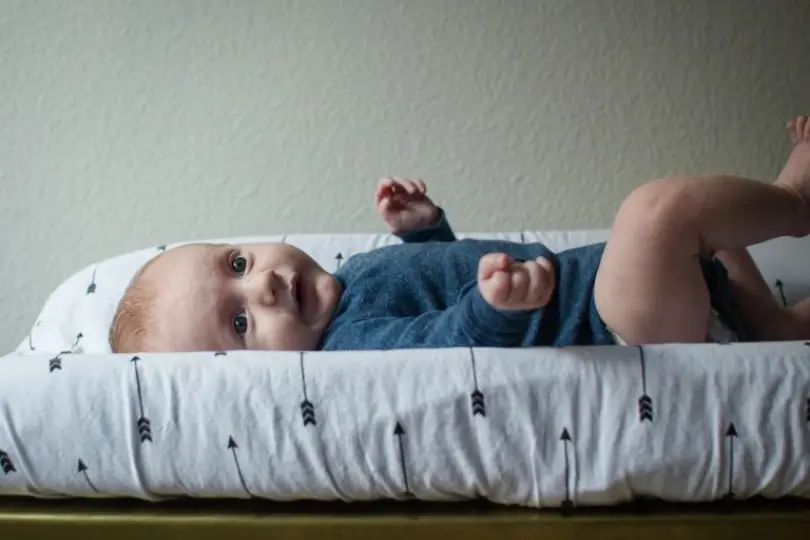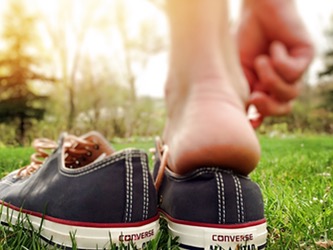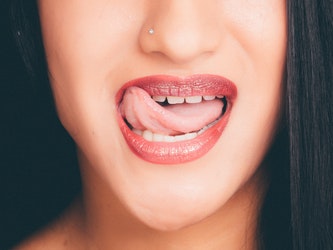
Red skin and inflammation in the diaper area or near the diaper area that includes upper thighs, buttocks, and genital area are termed diaper rash. Whether it’s getting used to incontinence pads for men or it’s on your newborn, diaper rash is a very common problem in kids because kids have sensitive skin.
However, diaper rash can be caused due to long exposure to a single diaper and dampness. In addition to this, microorganisms such as candida albicans (yeast) can also cause rashes.
Teething diarrhea, food sensitivity, gut imbalance, and allergy to specific hygiene products are some other reasons that may cause rashes. The dirty diaper of the baby should be changed as soon as possible and if you have a chance to let your kid stay bare bottom do them this favor so that the skin can breathe properly and eliminate extra moisture on its own.
In addition to this, do not wrap the diaper too tightly on the baby, it can also cause a rash. Dress your baby in such a manner that air can enter the diaper area, otherwise, warmth in the diaper area can cause redness and inflammation to your baby’s skin. You should avoid the use of rubber pants or tight plastic sheets.
Moreover, if you are using cloth diapers make sure to wash them properly in such a manner that all the soap used for cleaning them should also be removed.
Diaper Rash? Try These 5 Simple Home Remedies
If your baby is currently disturbed due to diaper rash and you are worried due to this issue, stop worrying. You can treat your baby’s diaper rashes by taking some preventive actions and home remedies mentioned below.
#1. Petroleum Jelly
A thin layer of petroleum jelly can be applied to a baby’s diaper area after cleaning it with a wet and clean towel before changing his diaper.
Petroleum jelly works as a protective layer that helps keep the baby’s skin hydrated and prevents the baby’s skin from coming in contact with urine and feces that may cause further irritation.
#2. Coconut Oil
Coconut oil is well known for its several benefits for skin and hair as it contains anti-inflammatory and antifungal properties.
Therefore, a small amount of coconut oil can be applied to the baby’s skin before changing the diaper as it helps to fight against inflammation caused by diapers.
In addition to this, coconut oil also contains vitamins and saturated fats that keep your baby’s skin soft. P.S: Coconut oil can also be used to treat sunburn.
#3. Vinegar
Urine is alkaline in nature and that can affect a baby’s skin. To moderate high pH levels and to disinfect the baby’s reusable diapers and cloth diapers from bacteria, and vinegar can be used.
Add a cup of vinegar to a bucket and add your baby’s used diapers after washing them. This will help to wash out any soap buildups and it will also kill bacteria such as yeast.
In addition to this, yeast can live up to the next 5 days after rashes have cleared. At least for these days, you can make vinegar wipes to clean your baby’s butt by adding a teaspoon of vinegar to a glass of water.
While purchasing vinegar make sure it is an organic one because others may contain additive chemicals that may harm your baby’s skin.
#4. Cornstarch
Cornstarch is yet another handy product that is available at your home. As we have discussed prior diaper rashes can be caused due to dampness in the diaper area.
Therefore, you must try to keep your baby’s butts as dry as possible.
After washing him, dry the area by tapping the towel and sprinkling cornstarch. You may use baby powder as well but cornstarch is a better option as it does not contain any chemicals and it will soak up all the excessive moisture.
#5. Oatmeal
It sounds very odd to use oatmeal to treat diaper rashes but this remedy can do wonders. You can add a tablespoon of oatmeal to your baby’s bathtub. The protein in oatmeal naturally preserves the barrier of your baby’s skin. It also contains anti-inflammatory properties that may help.
In other terms, you can apply rolled oat powder to the affected area. Moreover, the use of highly fragrant products should be avoided when the child is suffering from rashes which include, the use of dryer sheets, fabric softeners, and talc powders.
Sometimes rash becomes infected and its signs include blisters on the diaper area, fever, redness, swelling of the area, pus, or discharge. If the rash is not improving after treatment or if you find any of these signs consult a doctor immediately. He will recommend any antifungal cream.
About The Author:
Jane Scott is currently working as a nutritionist at a renowned firm. With an experience of more than a decade, she is considered a go-to person in her field of work. She also writes blogs for her website Home Remedies for Life




